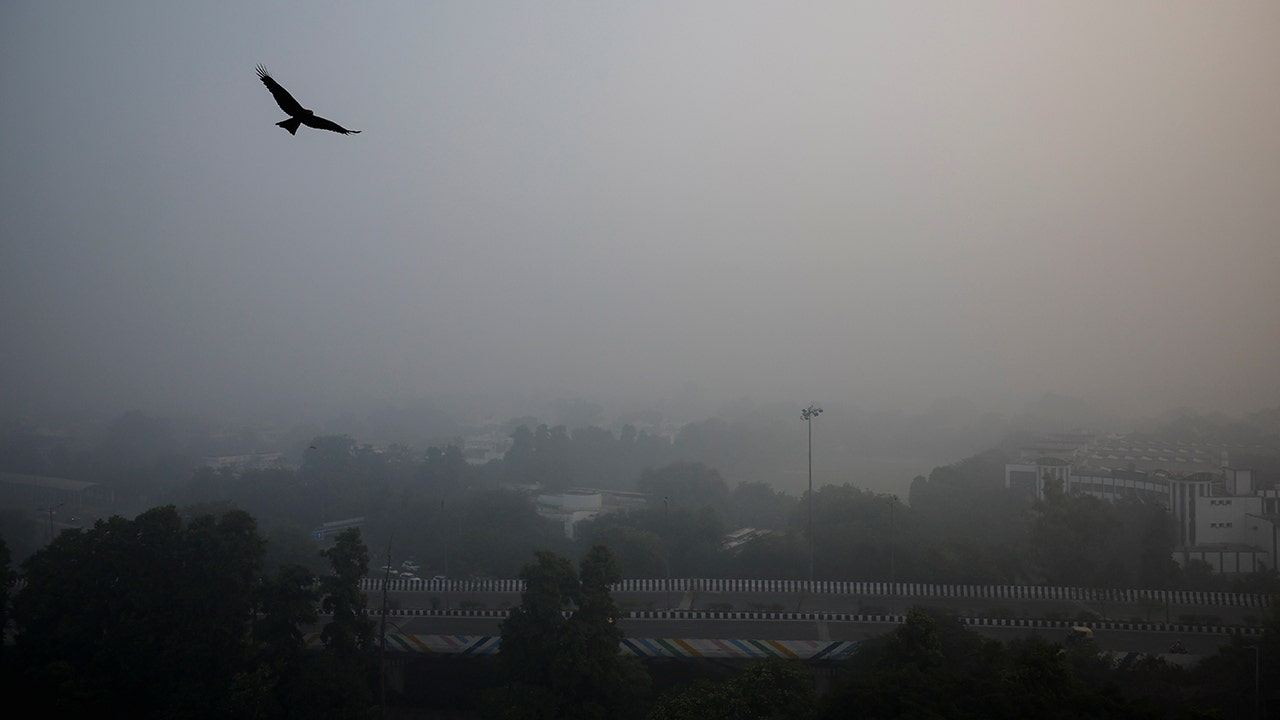India’s capital introduces stricter anti-pollution measures as toxic smog hides Taj Mahal

India’s government has taken drastic measures to combat the worsening air quality in New Delhi, the world’s most polluted capital. The ban on non-essential construction and urging residents to avoid burning coal for heating are just some of the steps being implemented to address the issue. These measures, which also include sprinkling water with dust suppressants on roads and mechanized sweeping to settle dust, will be put into effect starting Friday morning.
Amidst the deteriorating air quality, Delhi’s Chief Minister Atishi has directed all primary schools to shift to online classes. The government has also appealed to citizens to use more public transport and refrain from using coal and wood for heating. The recent smog has not only disrupted flights but has also obscured iconic landmarks such as the Taj Mahal and the Golden Temple in Amritsar.
The air quality in Northern India has reached hazardous levels, with toxic smog enveloping the region. The city of New Delhi currently has an air quality index of 424, making it the worst amongst global capitals. The annual battle with smog, a deadly mix of smoke and fog, is exacerbated during the winter months as cold air traps dust, emissions, and smoke from illegal farm fires.
Stubble burning, a common practice in neighboring states of Punjab and Haryana, has been a major contributor to the pollution in New Delhi this year. This harmful practice involves burning stubble left after harvesting rice to clear fields, releasing harmful pollutants into the air. As a result, flights in and out of Delhi have been delayed, with a significant percentage of departures and arrivals facing disruptions due to the smog.
The impact of the smog is evident in the rising number of patients seeking medical attention, particularly children. Hospitals have reported an increase in cases of allergies, coughs, and asthma attacks, highlighting the urgent need for action to address the air quality crisis. Weather officials have warned that pollution levels in New Delhi are likely to remain in the severe category before improving to very poor.
The earth sciences ministry has also noted a significant increase in farm fires in northern India, further contributing to the air pollution crisis. Lahore, the capital of Pakistan’s eastern province of Punjab, was rated the world’s most polluted city on Thursday, underscoring the regional nature of the air quality challenges faced in South Asia.
As India grapples with the devastating impact of air pollution, it is imperative for government authorities and citizens to work together to mitigate the crisis. By implementing stringent measures and promoting sustainable practices, we can strive towards cleaner air and a healthier environment for all.




